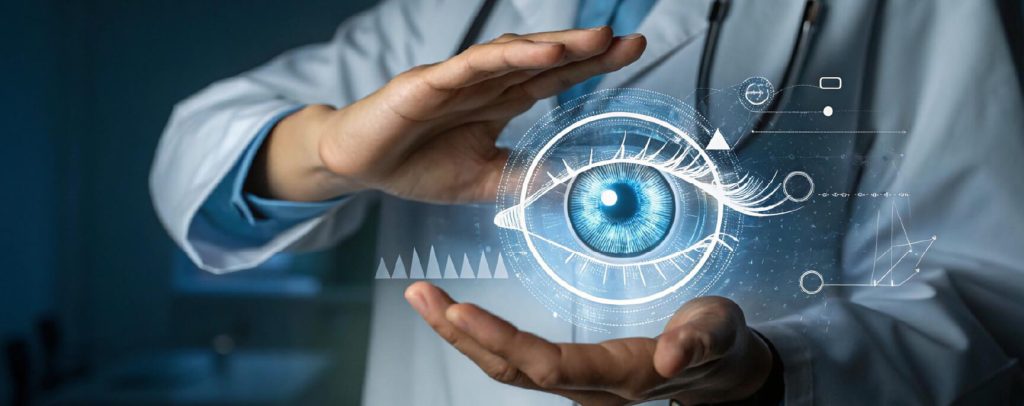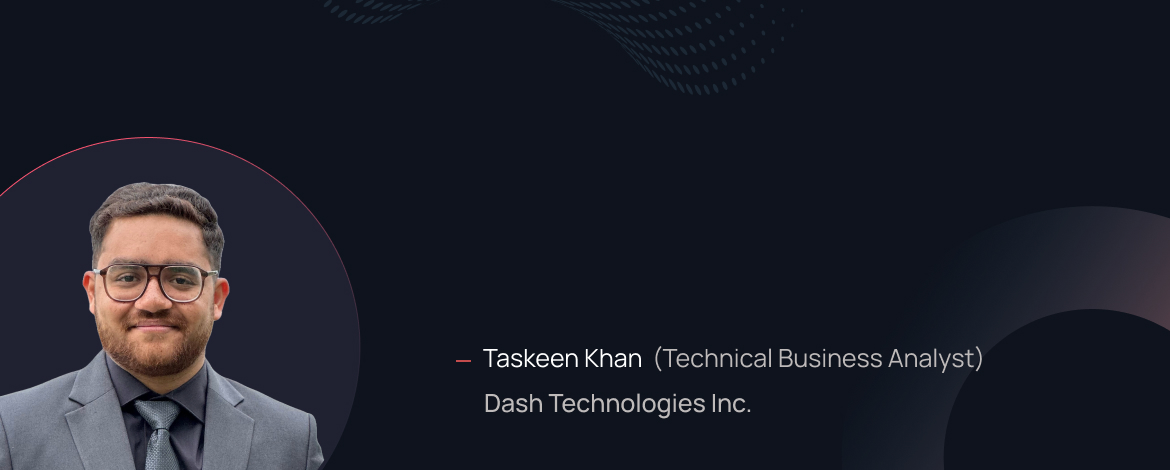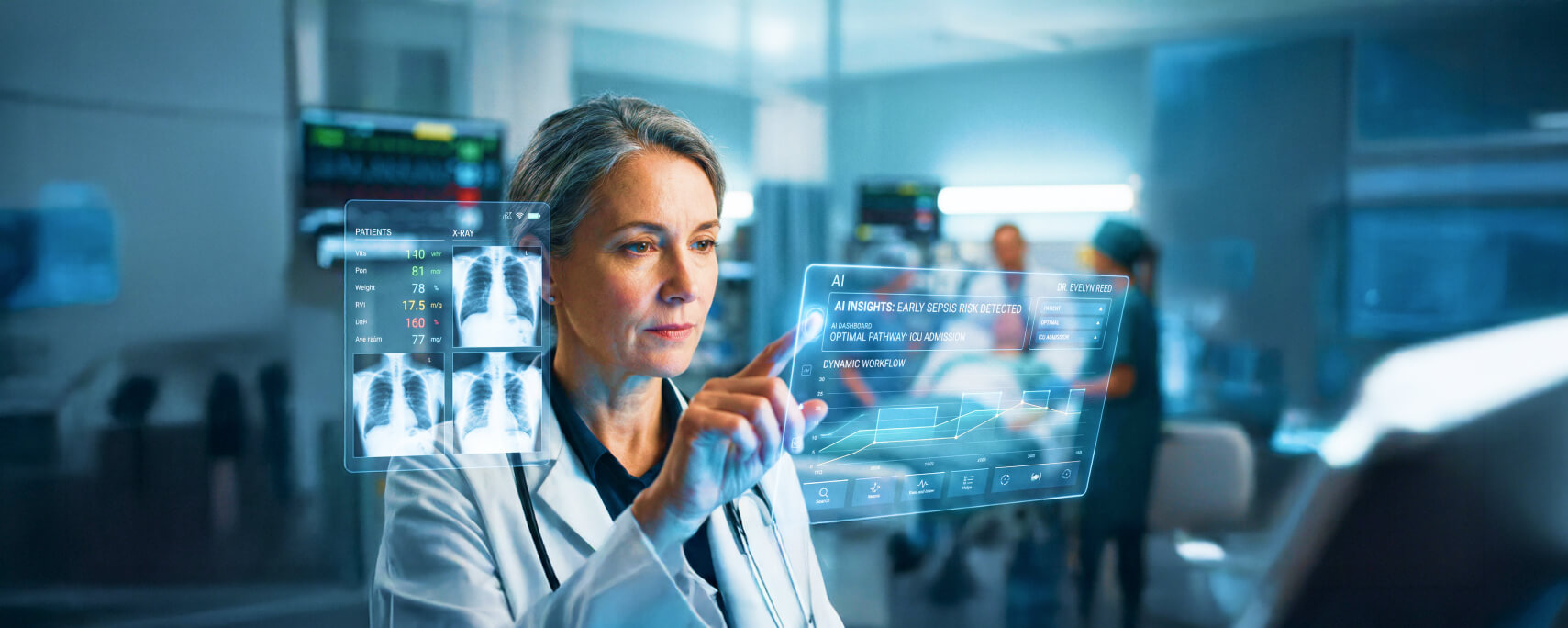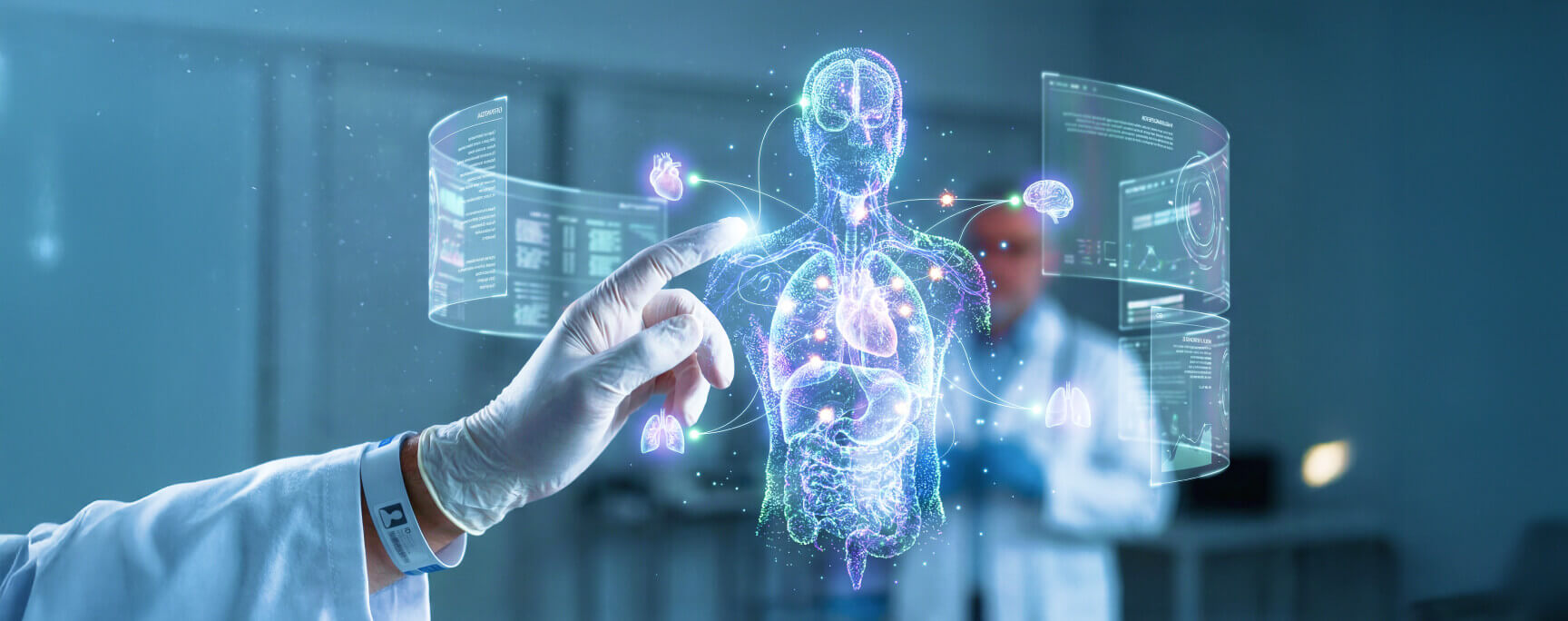AI in Eyecare : Innovations Driving the Future of Ophthalmology
With over 2.2 billion individuals affected globally by vision-threatening conditions, AI in eyecare solutions is essential in overcoming diagnostic accuracy, accessibility, & efficiency challenges in the world of ophthalmology.
Automated retinal screenings detecting diabetic retinopathy with great precision? Predictive algorithms that can estimate patient risk years in advance? AI is revolutionizing the way we think about and treat eye conditions. It’s not just about improving patient care and outcomes, but also about transforming healthcare systems and making specialized eye care more accessible, more efficient, and more affordable.
AI in Ophthalmic Diagnostics: Why AI in Eyecare Matters
Eye diseases are a global public health issue, and illnesses such as diabetic retinopathy, glaucoma, & age-related macular degeneration led to permanent vision loss when undiagnosed on time. Conventional diagnosis methods are generally manual review of intricate imaging information, which is a bottleneck in healthcare provision and restricts access to expert services, especially in underprivileged areas.
Arguably, the most significant application of AI in eyecare is in clinical diagnostic applications, which utilize AI to identify eye disease and conditions from medical images or patient data. Standard ophthalmic diagnosis involves expert review of retinal scans, OCT images, visual fields, etc. Ophthalmic AI diagnostics can augment this by reading images quickly and accurately, recognizing subtle patterns that a human may overlook. The outcome is earlier disease detection, and this is vital in the prevention of blindness.
Revolutionary Applications in Clinical Diagnostics
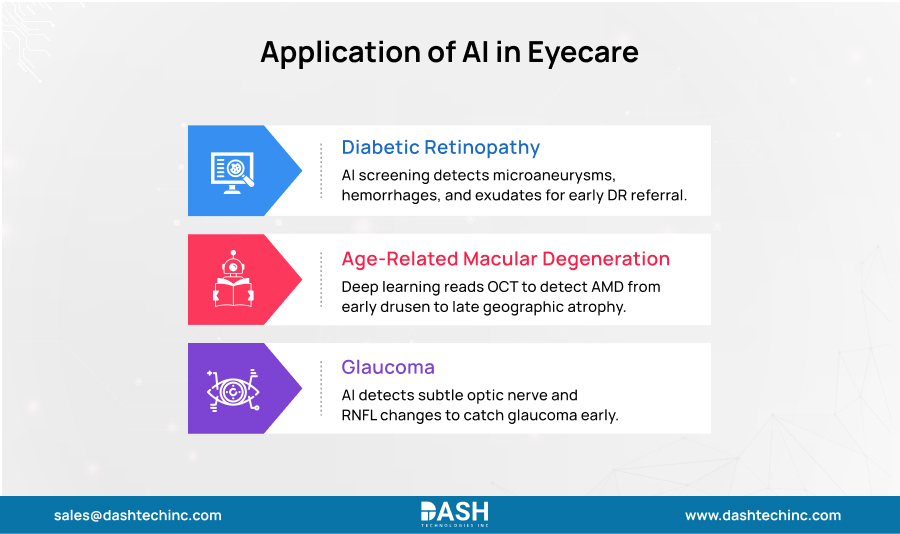
Diabetic Retinopathy: The Pioneer Success Story
Diabetic retinopathy screening is one of the first use cases where AI in eyecare has been adopted at scale. In 2018, IDx-DR became the first autonomous AI diagnostic system that the FDA approved. In clinical trials, IDx-DR achieved over 96% sensitivity by analyzing fundus photography. Another platform, EyeArt AI, has achieved over 90% accuracy in multiple populations.
These ophthalmic AI diagnostics excel at detecting microaneurysms, hemorrhages, & exudates. This means fewer missed cases, especially in underserved areas where specialists are very scarce. For instance, in a double-blinded study involving over 2,000 images, the AI system Adven-i not only flagged referable cases but also segregated DR from other abnormalities, outperforming many manual screenings.
Age-Related Macular Degeneration: Early Detection Through Deep Learning
AMD impacts more than 196 million individuals worldwide and is one of the main causes of blindness among older people. Ophthalmic AI diagnosis relies on deep learning algorithms to read OCT scans, differentiating healthy retinal anatomy from pathological alterations with high accuracy.
The Moorfields-DeepMind collaboration developed AI algorithms that diagnosed multiple retinal diseases from OCT scans with precision many times higher than that of human experts. AI-powered eyecare solutions classify AMD stages from early drusen formation to late geographic atrophy, enabling interventions at the right time to preserve vision.
Glaucoma: The Silent Threat Detection
Glaucoma, the “silent thief of sight,” presents unique diagnostic challenges due to asymptomatic early stages. AI algorithms analyzing OCT images and visual field tests demonstrate exceptional capability in detecting glaucomatous changes and predicting disease progression.
Modern AI systems identify structural abnormalities in the optic nerve head and retinal nerve fiber layer with sensitivity and specificity exceeding 95%. Predictive analytics in eyecare can forecast visual field progression from baseline measurements, enabling proactive treatment adjustments before irreversible damage occurs (more on predictive analytics in eyecare in the next section).
Predictive Analytics: The Future of Preventive Eyecare
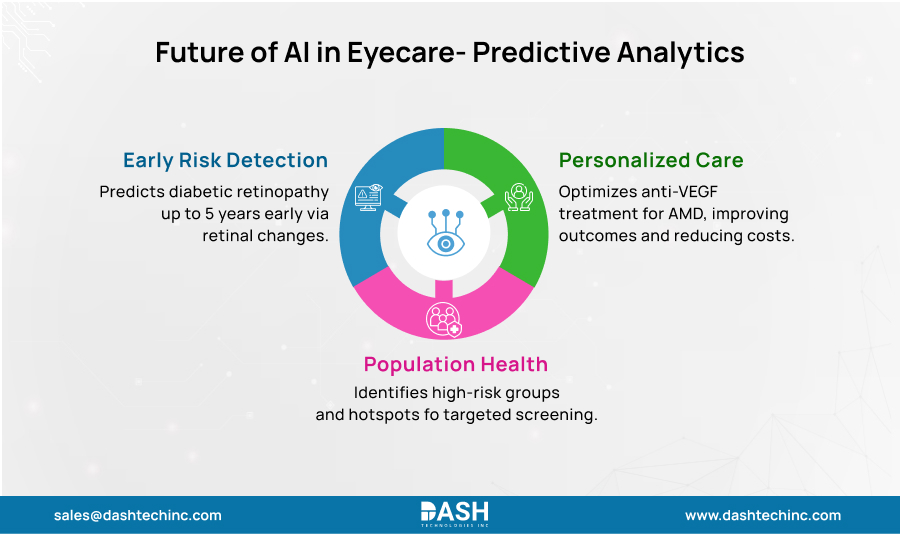
Predictive analytics in eyecare is a step toward moving the industry from being reactive to proactive. These systems process data sets such as patient demographics, genomics, lifestyle habits, and longitudinal imaging data, and use machine learning models to predict the onset of a disease accurately.
Early Risk Stratification
AI models are able to predict if a patient will develop diabetic retinopathy up to five years before the disease actually develops, by analyzing retinal vascular networks and changes that the human eye cannot see. For myopia prediction models, the system can predict a child’s refractive changes up to 8 years before they happen, enabling early intervention to prevent high myopia complications.
Personalized Treatment Optimization
Predictive analytics in eyecare does not stop at diagnosis but goes on to the optimization of treatment. Machine learning algorithms comparing patterns of patient response to anti-VEGF injections for AMD can forecast treatment frequency needs, optimizing for efficacy and reducing costs. These personalized approaches achieve 30% gains in visual acuity over standard protocols.
Population Health Management
Predictive models at the population level can identify high-risk cohorts for targeted intensive screening and enable efficient resource allocation. Geographic information systems and AI can predict disease hotspots for public health intervention and screening deployment.
Are You Attending Vision Expo 2025?
Let’s connect and explore the latest innovations in ophthalmology, from intelligent diagnostics to workflow-ready AI solutions.
See You at the EventAI-Powered Operational Excellence
In addition to clinical applications, AI-powered eyecare solutions are also changing healthcare operations forever, offering solutions to streamline the workflows & reduce administrative burdens.
Intelligent Workflow Optimization
AI-enabled eyecare systems optimize clinical workflows through automation of patient triage and optimization of appointment scheduling. AI in eyecare has reduced no-show rates by as much as 25% through personalized communication and predictive analytics.
Natural language processing (NLP) powered smart documentation systems automatically generate clinical notes from voice interactions, reducing administrative tasks by 40% and enabling clinicians to dedicate more time to patient care.
Teleophthalmology and Remote Care
AI-powered eyecare solutions put specialized care within reach of all. Mobile apps that perform preliminary screenings with smartphone cameras. Advanced telemedicine services that diagnose on demand, eliminating unnecessary specialist referrals for primary care practitioners.
Revenue Cycle Management
AI-powered eyecare solutions include the financial side, as intelligent engines automate the insurance claims process to minimize billing errors and streamline the revenue cycle. These systems can detect claims that have been underpaid by insurance companies, automate the prior authorization process, and predict potential risk of claim denials, resulting in 15-20% improvements in revenue capture.
Addressing AI in Eyecare Implementation Challenges

Though the potential for AI in eyecare is vast, some challenges have to be addressed for its universal acceptance.
Data Quality & Standardization
Ophthalmic AI diagnostics algorithms need high-quality & standardized data to perform at their best. Variability in imaging equipment, patient populations, & clinical practices can impact the accuracy of algorithms. Healthcare orgs have to invest in data governance systems that produce consistent, high-quality data collection.
Regulatory Compliance and Safety
Medical AI systems must navigate complex regulatory pathways with promises of patient safety and efficacy. The FDA’s evolving AI/ML-based medical device framework provides guidance, but manufacturers must have strong quality management systems in place at every phase of the AI lifecycle.
Integration and Workflow Adaptation
Successful AI adoption necessitates smooth integration into established clinical workflows and electronic health record systems. Healthcare professionals must invest in staff training & change management to provide the best of AI without affecting workflow.
Ethical Considerations and Bias
To avoid algorithmic bias that could make healthcare differences worse, AI systems need to be trained on a wide range of datasets. For fair healthcare delivery, AI development needs to be open and bias needs to be monitored all the time.
Final Thoughts
In the upcoming decade, AI will become even more ingrained in the eyecare sector of healthcare, with progress in foundation models, multimodal data analysis, & real-time decision support. Mobile AI-powered screening devices are delivering high-quality diagnostics to underserved populations, and tele-ophthalmology platforms are facilitating remote monitoring and consultation.
If your company is ready to utilize AI-powered eyecare solutions; whether it is intelligent diagnostics or optimizing your health operations, you will need to get help from people who are experts in technology alongside healthcare.
Dash Technologies has expertise in designing & implementing Custom AI/ML solutions in healthcare, ranging from predictive analytics platforms to intelligent healthcare applications. Contact us & learn how we can assist in revolutionizing your eyecare services with AI innovation.
About Dash

Dash Technologies Inc.
We’re technology experts with a passion for bringing concepts to life. By leveraging a unique, consultative process and an agile development approach, we translate business challenges into technology solutions Get in touch.
